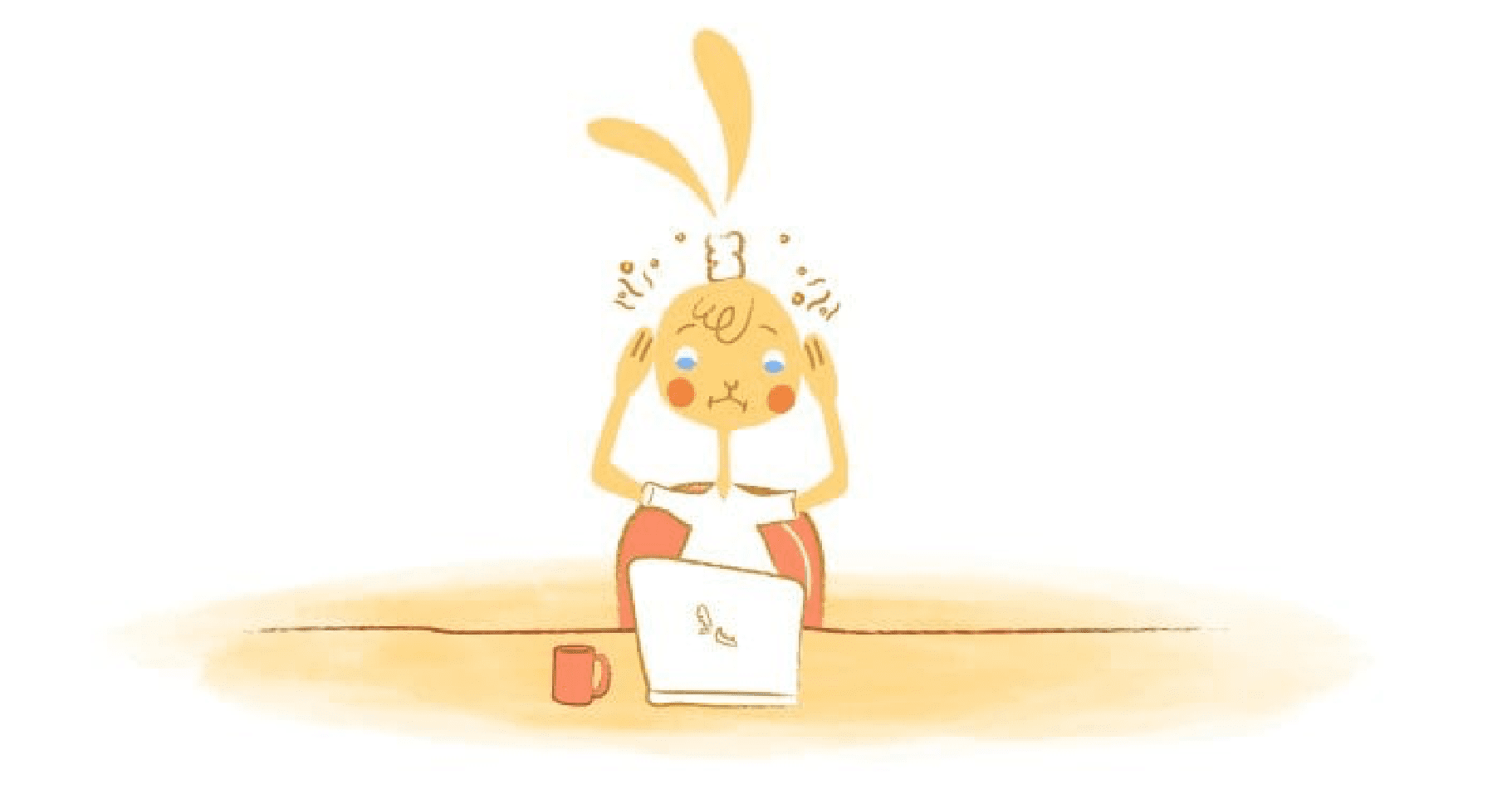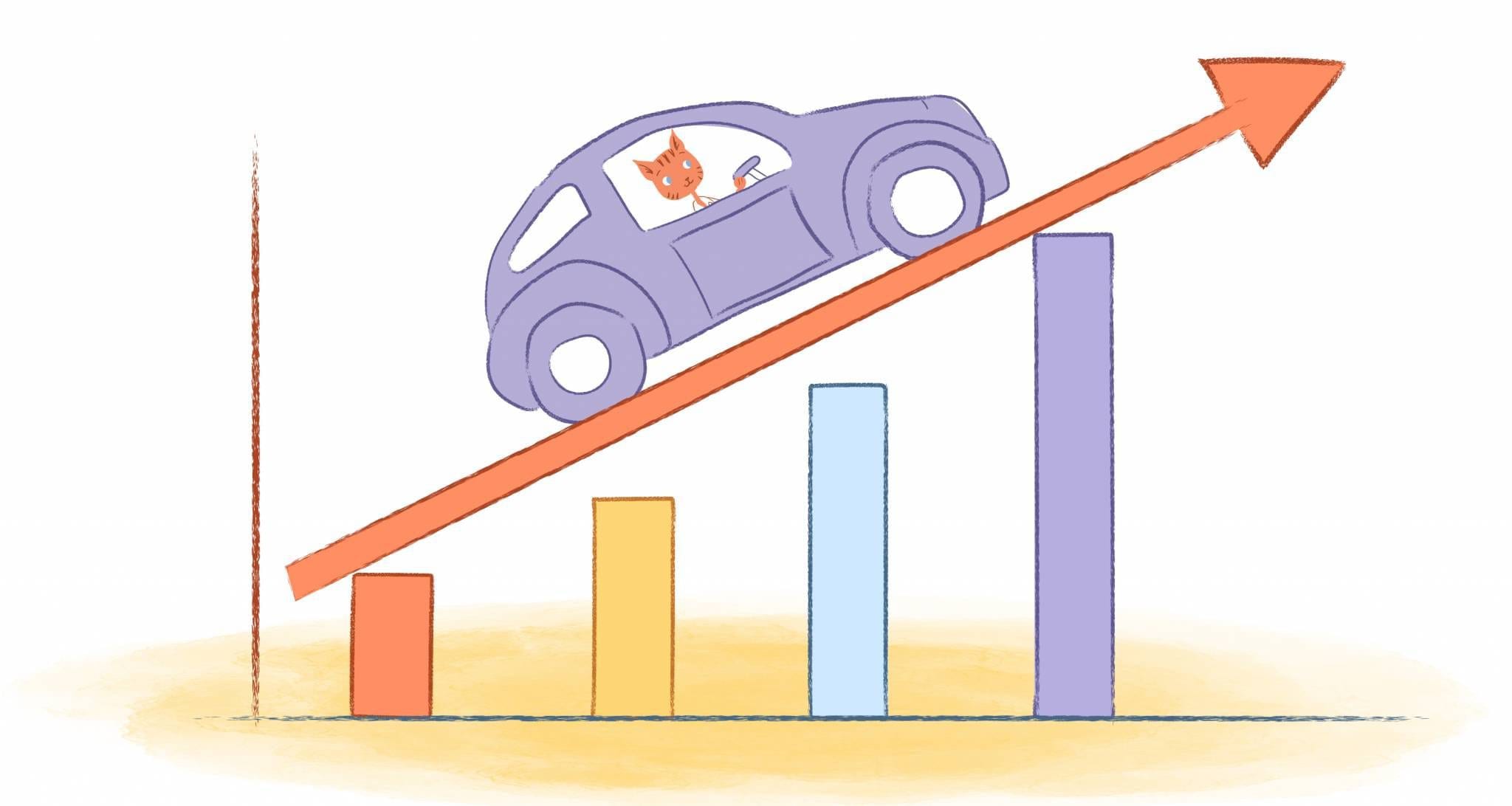

I’ll be completely upfront with you. I’m not a happy camper right now. As you’ve noticed, the days are getting shorter, the weather is cooling off, and we only have a limited amount of time before we’re stuck indoors. With everything we’ve all gone through in 2020 — maybe winter coming on just now somehow seems worse this year?
As I’m sure, you’ve heard a million times during your visits to Westeros, winter is coming.
Some people love this time of year. And, I’m not completely against it — I just prefer longer and warmer days. But, if you’re not into activities like skiing or the holidays, the winter can be brutal. Thankfully, I love skiing, too.
In fact, roughly 10 million Americans experience seasonal affective disorder. And, despite the misconception, this isn’t just the “winter blues.” It’s actually a depressive order.
“Seasonal affective disorder (SAD) is a type of depression that’s related to changes in seasons — SAD begins and ends at about the same times every year,” explains the Mayo Clinic. “If you’re like most people with SAD, your symptoms start in the fall and continue into the winter months, sapping your energy and making you feel moody.”
Why does this happen? There’s actually a variety of reasons that include:
- Disruption to your circadian rhythm due to reduced sunlight.
- A drop in serotonin because, again, there’s not as much exposure to sunlight.
- Less production of the body’s level of melatonin levels.
As such, if not treated, this can certainly negatively influence your health and well-being. Moreover, SAD can absolutely wreck your productivity.
There is light, however, at the end of the tunnel. By being aware of the symptoms, you can manage these feelings and remain productive at work. Best of all, you use these tips if you’re working by yourself at home or leading a team.
With that in mind, here are the warning signs and how you can fight back against SAD.
Poor mental and physical health.
The most common symptoms associated with SAD include depression, stress, anxiety, and irritability. If you’ve ever experienced any of these, then how you know first hand how they can make you affect your mental and physical health.
Moreover, according to a study by U.K.-based insurer Vitality Group in conjunction with Cambridge University and Charles University, “mental and/or physical health accounted for more than 84% of direct effects on productivity loss, as well as 93% of indirect influences.”
What can you do?
“Our analysis highlights that while physical and mental health is the ultimate determinants of employee productivity, a healthy work environment, and supportive management play an essential role in the process,” said Martin Stepanek, study author and researcher at Charles University in Prague.
“In addition to medical benefit packages and assistance programs, employers need to focus on building a supportive management culture,” added Stepanek. He also suggested creating a more “inclusive work atmosphere and bolstering employee job satisfaction.”
Additionally, you can prioritize the health and wellness of you and your team by:
- Encouraging physical activity. Examples could be holding standing or walking meetings, hosting fitness challenges, or providing gym memberships.
- Investing in new equipment. If within your budget, spruce up the workplace by introducing standing desks.
- Redesigning the workplace. Speaking of optimizing the workplace, place plants throughout the office. You can also move desks closer to the windows to allow for more exposure to natural sunlight.
- Establish flexible working arrangements. A tried and true way to help everyone maintain a work-life balance. It also allows people to work when they’re most productive.
- Offer unlimited vacation time. As long as everyone meets goals and deadlines, this lets you and your team attend to your wellness.
Another suggestion you be offering counseling services. If that’s too expensive, consider paying for mental health apps like Calm or Headspace.
Social withdraw.
Another sign of SAD would be isolating yourself from friends, family, or co-workers. As someone who has struggled with this in the past, I can tell you that this is a challenge. When you’re feeling down, the last thing that you want to do is interact with others.
What can you do?
“Close relationships are vital in reducing isolation and helping you manage SAD,” writes Lawrence Robinson, Jennifer Shubin, and Jeanne Segal, Ph.D. “Participate in social activities, even if you don’t feel like it.” While it’s tempting to “retreat into your shell,” surrounding yourself with “other people will boost your mood.”
The authors recommend that you call, text, or email other people. You could even schedule a virtual lunch or fun team building activity. They also advise joining a support group or meeting new people by taking a class or volunteering.
Apathy.
Here’s another unfortunate result of depression. You feel a loss of passion for everything from your job, interests, or tasks. Even worse, these are usually things that you look forward to enjoying doing.
You may even feel apathetic towards your goals. As a consequence, motivation will most likely come to a screeching halt.
What can you do?
Go back and revisit the advice for improving your mental and physical health. If that doesn’t do the trick, reflect on your “why” and look for innovative ways to improve your business. And, instead of worrying about being productive 24/7/365, focus on your priorities and having more fun.
You have trouble concentrating.
When you’re not 100% yourself, it’s impossible to focus. Rather than tackling your most important tasks, your mind wanders elsewhere. Of course, this creates a vicious cycle where because you are procrastinating, you fall behind.
What can you do?
I’ve found that front-loading my workday can help. The reason is that this is when I’m most productive. If you’re a night owl, you probably want to work later in the day when you have more energy.
Sometimes that’s just not enough, though. When you really have difficult contracting, you might want to practice mindfulness and eliminate distractions. You could also create a more inspiring workplace that contains inspiring quotes, background music, or scents like lavender, lemon, or peppermint.
You’re oversleeping.
I know the last thing that I want to do when it’s cold and dreary is to leave my bed’s warmth and comfort. But, if you recall, because your circadian rhymes are off, this may also be the reason why you’re having difficulty waking -up in the morning.
What can you do?
I’m gonna be honest. You’re not going to like this. But, you need to stick to your routine so that you maintain a consistent sleep-wake schedule.
Once you’re awake, engage in physical activity or take a shower. You might also want to do something that you enjoy, like a hot cup of dark roast or writing in your gratitude journal.
You may also want to partake in light therapy. For example, you could invest in lightboxes or damn stimulators. Both are tools that expose you to bright light. In turn, this will suppress the brain’s secretion of melatonin.
You need the entire weekend to recoup.
Look, it’s natural to feel drained at the end of a long workweek. But, if you require the entire weekend to recover, then it’s time to make some much-needed changes. After all, you still want to make the most out of your downtime instead of just vegging out, right?
What can you do?
Most of the strategies already mentioned can help you fight back against lethargy. Another suggestion would be to eat healthy snacks instead of junk food. You also should reevaluate your lists so that you aren’t wasting time on busy work — these items should be delegated or removed.
When all else fails, consider a 4-day workweek. Because you’re limiting work hours, you’re more likely only to schedule what’s truly important. And, this might also motivate you to work faster.
Final words of advice.
Whatever you do, don’t keep these feelings to yourself. Open up to your support system. And, if seasonal affective disorder is interfering with the quality of your life and work, please reach out to a trusted mental health professional.
If you’re in a leadership position, remove the stigma surrounding it. Share your experiences with your team and keep communication lines open, such as a dedicated Slack channel where everyone can chat and exchange advice.











Deanna Ritchie
Editor-in-Chief at Calendar. Former Editor-in-Chief and writer at Startup Grind. Freelance editor at Entrepreneur.com. Deanna loves to help build startups, and guide them to discover the business value of their online content and social media marketing.